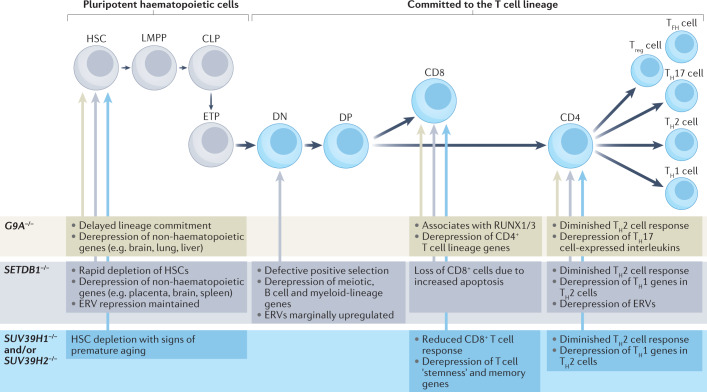Fig. 3. Roles of H3K9 methyltransferases in T cell lineage determination.
The well-characterized differentiation steps from haematopoietic stem cells (HSCs) into terminally differentiated T helper cells (T helper 1 (TH1) cells, TH2 cells, T follicular helper (TFH) cells and TH17 cells) are shown. The effects of deletion of SUV39H1 and/or SUV39H2, SETDB1 or G9A are listed. Although not shown, histone H3 Lys9 (H3K9) methyltransferases also have a role in the maturation of B cell progenitors (pro-B cells). In this case, the loss of SETDB1 leads to derepression of both specific endogenous retroviruses (ERVs)69,217 and non-lineage-specific genes, including genes specific to innate immunity69. The selection of genes and repeats that are derepressed likely depends on the variable presence of lineage-specific transcription factors, as described in Caenorhabditis elegans83 (Box 4). CLP, common lymphoid progenitor; DN, double negative (CD4−CD8−); DP, double positive (CD4+CD8+); ETP, early T cell progenitor; LMPP, lymphoid primed multipotent progenitor; Treg cell, regulatory T cell.

